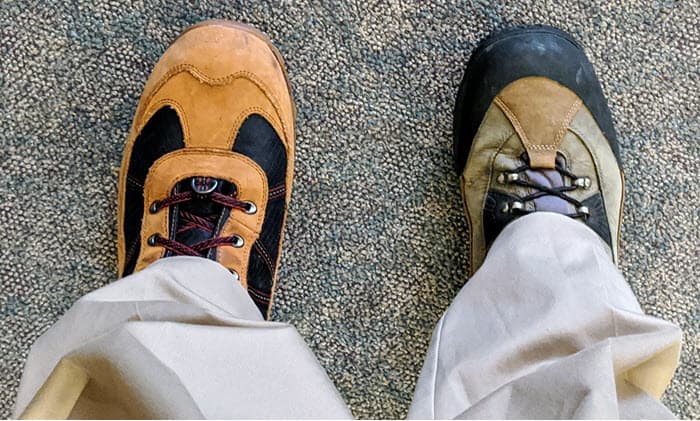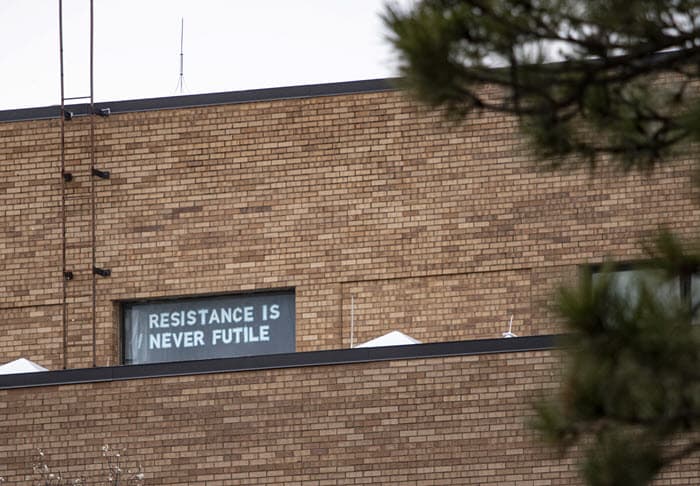When you teach online, nobody laughs at your boots
When you teach online, nobody laughs at your boots
This is what teaching online looks like.
That’s not quite right. This is what planning for teaching online looks like after a week and a weekend of long days and an early meeting on Monday morning.

About noon, I looked down and realized I was wearing mismatched boots. Some people wear mismatched socks. I wear mismatched boots.
